Next up
Optimizing the first level so it can be played on slower computers but still enjoy the realism that's been put into this project. It's easy to be inefficient, so it's time to optimize.
Behind the scenes look at the first person modeling and animation. While the soldier won't be seen, hands and arms (and sometimes feet) will be. So we can cull out the body in first person-only model to make it more efficient.
Need to add a bit more variation in my death animations since they just fall forward or backward. Death isn't this neat and tidy.
Readjusting and remaking some of the mechanical animations for the Lee Enfield rifle. It's now more accurate.
Maybe not enough various in the death animations?
We're still working on the Gewehr 1898 German rifle: adding more detail, UV unwrapping the mesh to apply texture via a texture painting app, then baking it all into the final game asset. Since this is so close to the camera, the quality needs to be high.
Idle animation is almost done. I made the bones visible so you can see how each one has to move in a particular way to make the whole body move. We then blend these animations in with other ones, such as walk/run, look up and more.
Our Brotherly War is an action strategy game where you move your armies around the United States and engage in real-time battles with infantry, cavalry and cannons.
Casualties are permanent, resources are scarce, and the battles are uncertain.
Testing out some battle tactics. I should introduce some randomness and skills so this doesn't happen in an actual game.
Making things more realistic is just making it more chaotic and less perfect.
Without any AI implemented yet, the opponent just stands there and gets shot. Working on that next!
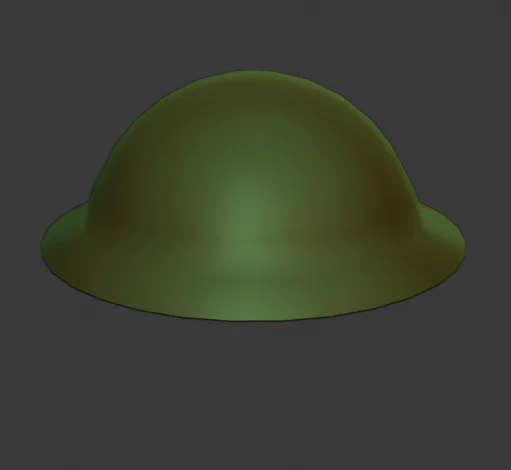

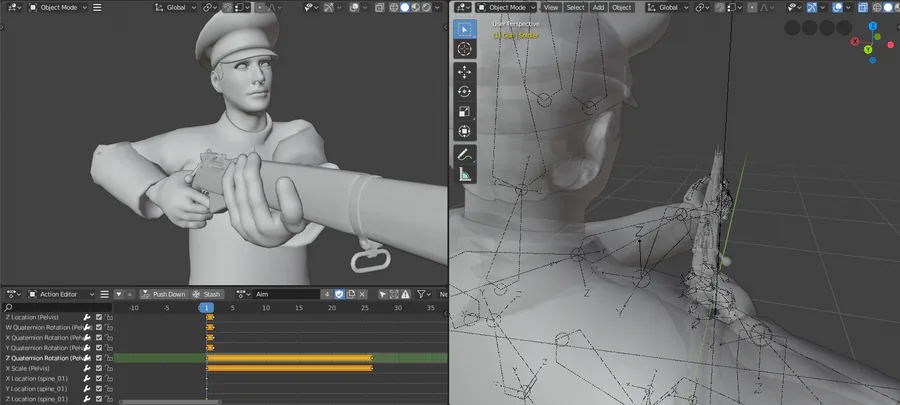

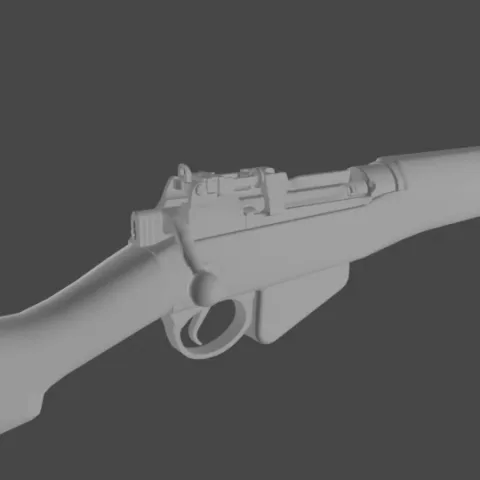
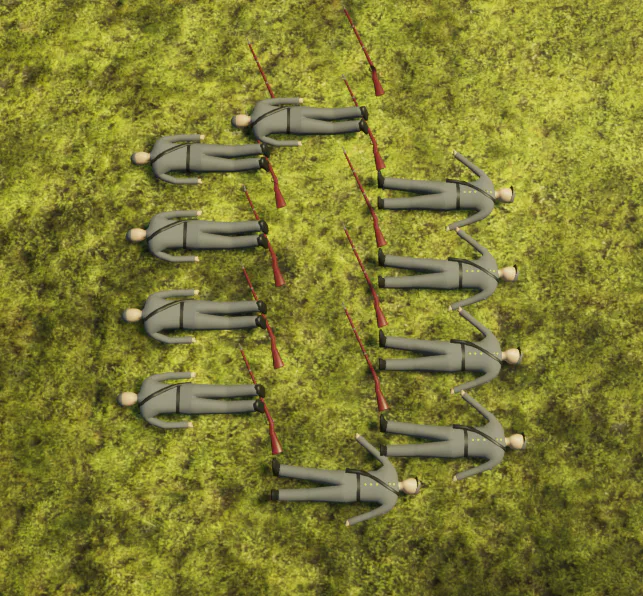
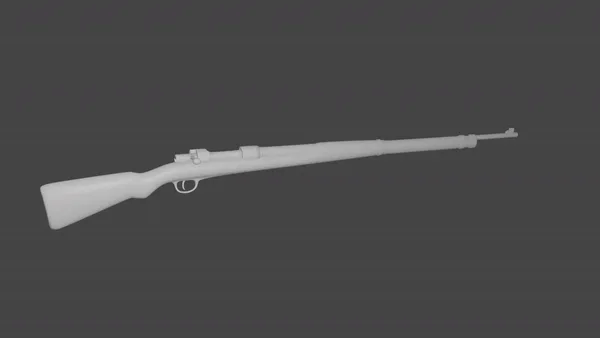
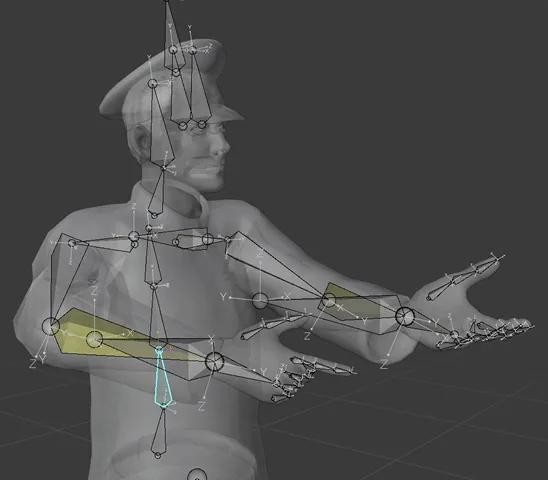

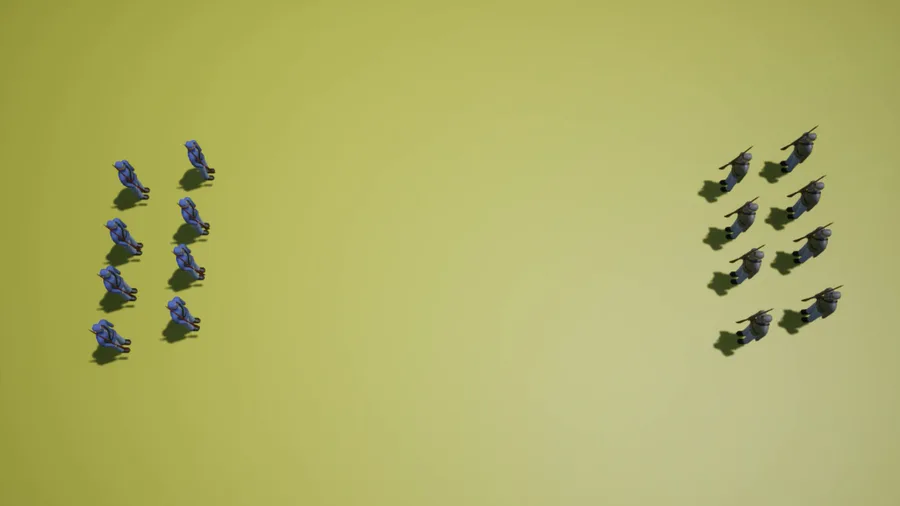
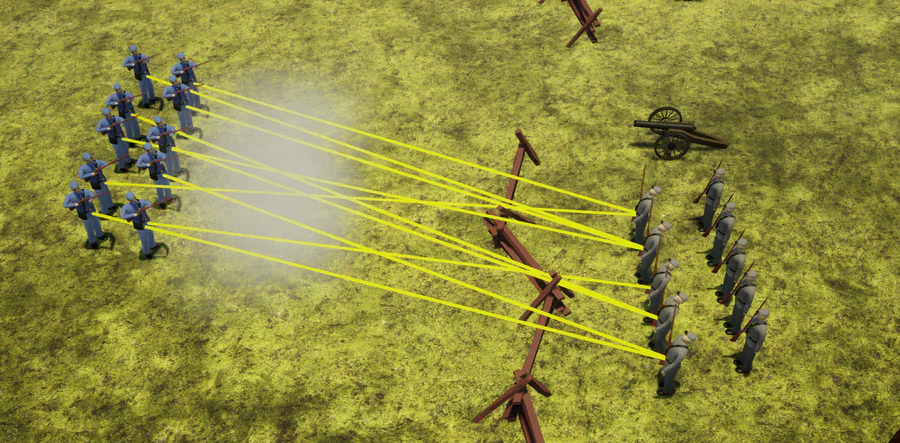
0 comments